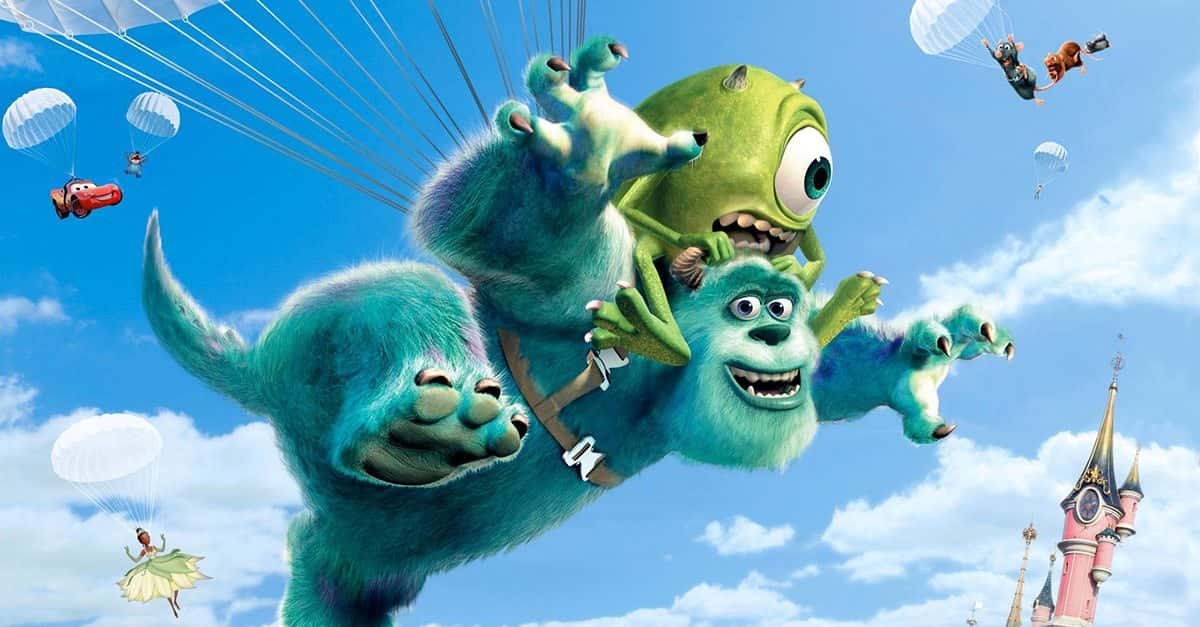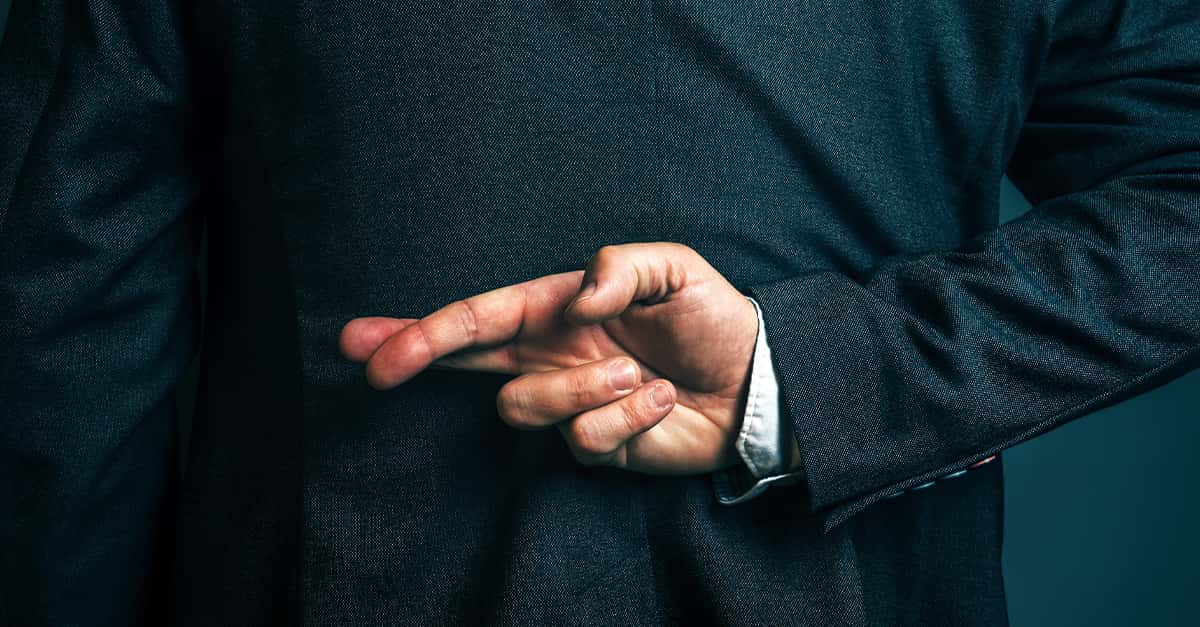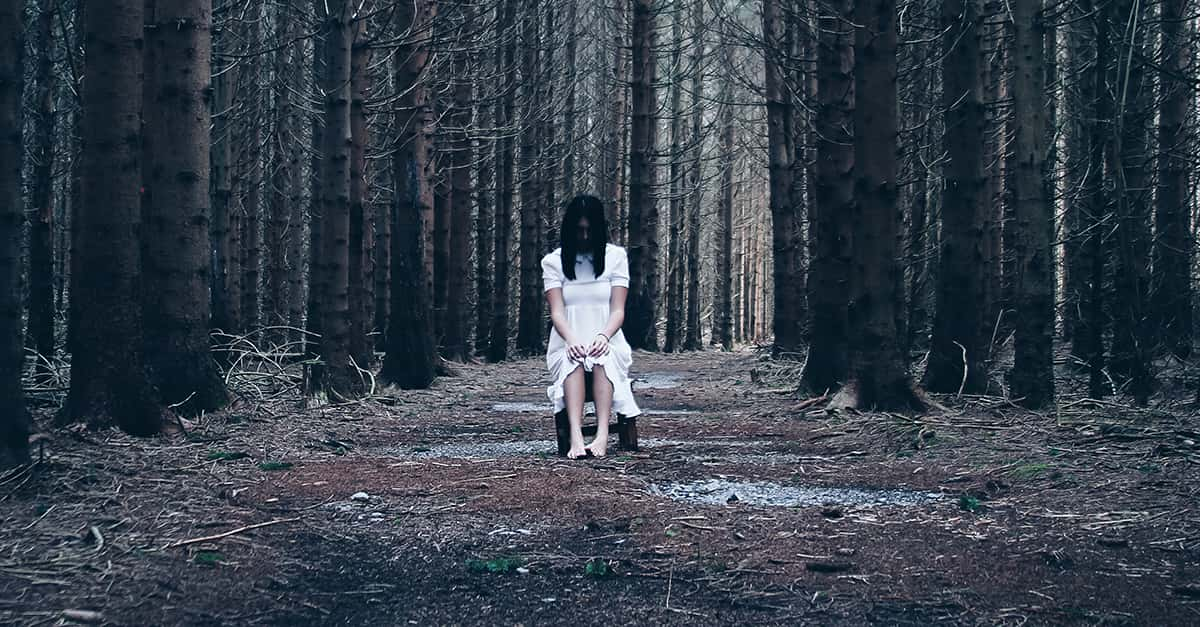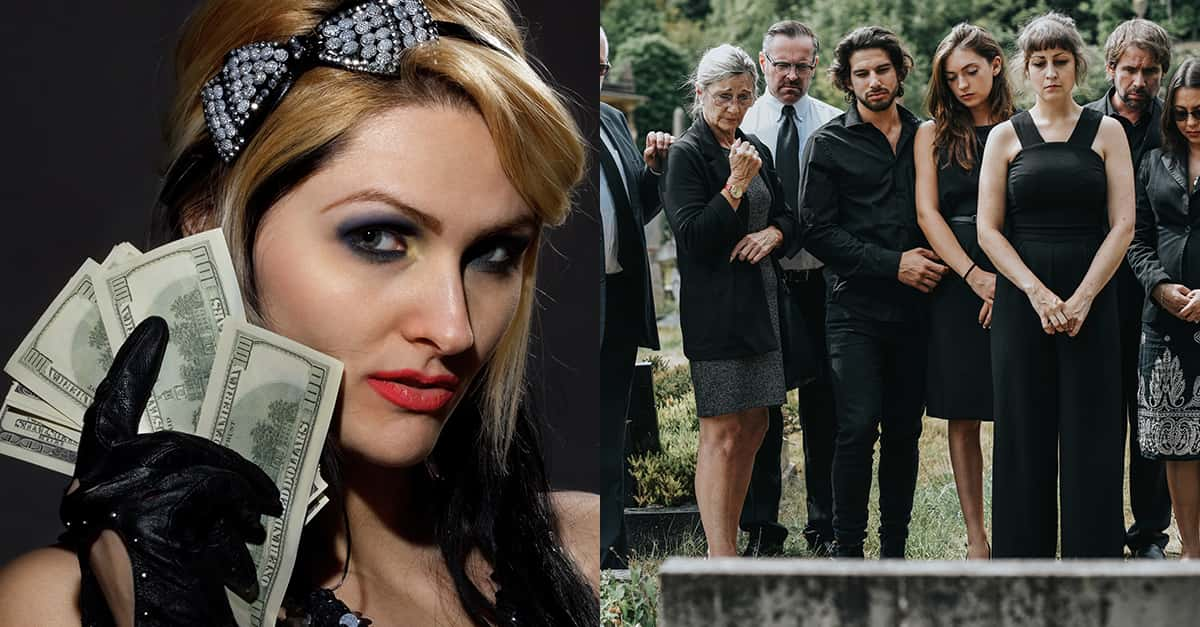“All our dreams can come true, if we have the courage to pursue them.”—Walt Disney
Walter Elias Disney was an American Businessman, animator, voice actor and producer who was a pioneer of the American Animation Industry. He is best-known as the creator of the beloved animated character Mickey Mouse, and as the founder of the Disneyland and Walt Disney World theme parks. In honor of Disneyworld’s upcoming 46th anniversary, here are 46 magical facts about Walt Disney.
46. Started Young
Walt Disney spent much of his childhood on a farm in Missouri, and he developed his cartooning skills by drawing pictures of his neighbor’s horses.

45. Anglicised
Disney’s family is descended from the Normans who settled in Ireland in the 11th century. His family’s original name was D’Isigny before being anglicised to Disney.

44. Rejected!
At age 16, Walt Disney dropped out of school in hopes of joining the army. He was rejected for being too young, but did find work as an ambulance driver with the French Red Cross.
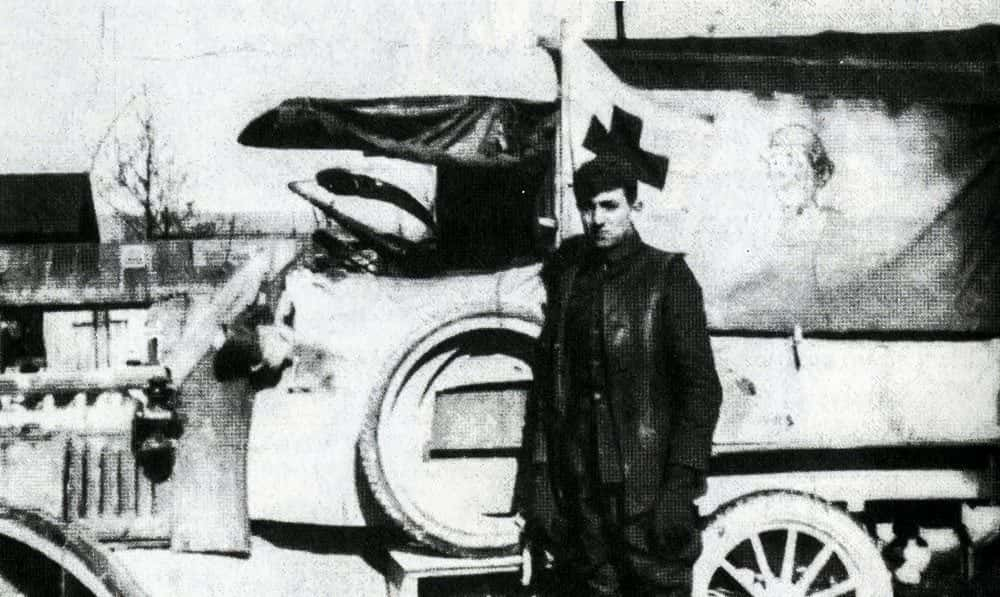
43. Laugh-o-Graham
Walt Disney’s first animation studio was called “Laugh-o-Gram” and told modernized versions of fairy tales based on Aesop’s Fables. The venture quickly went bankrupt.
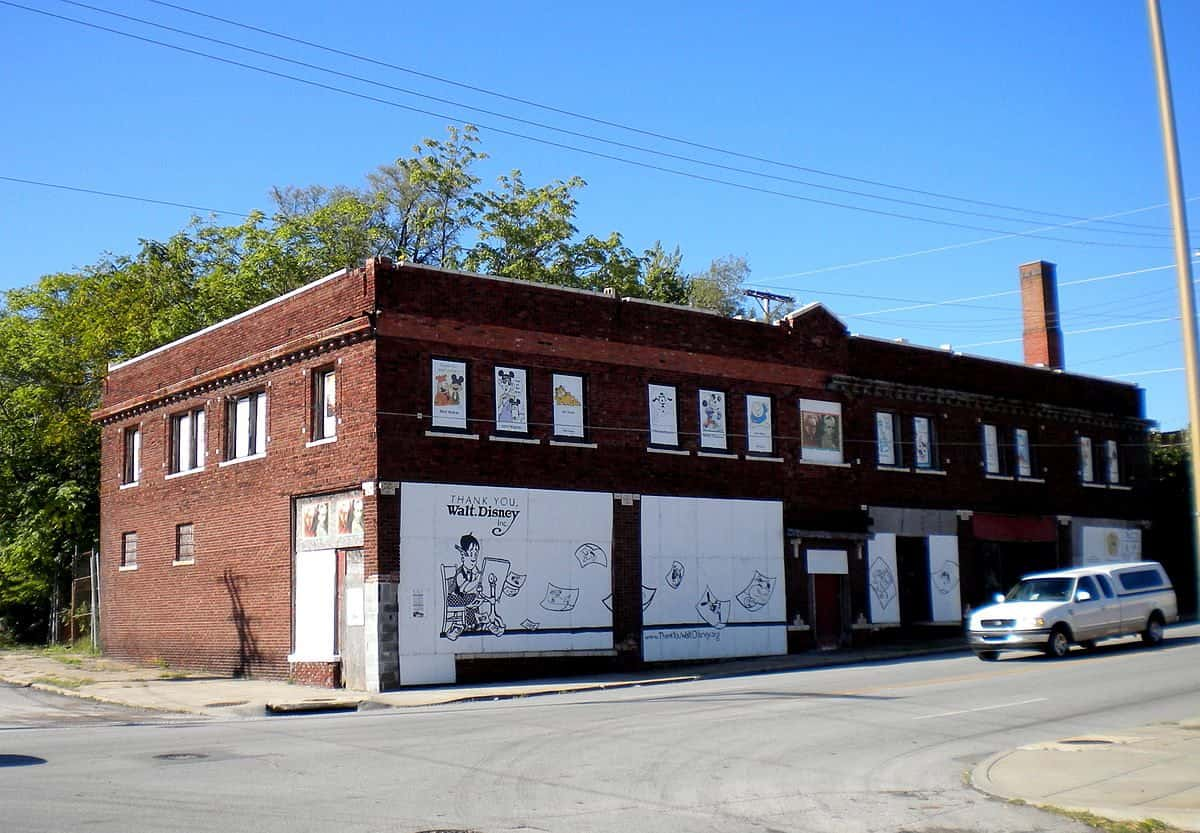
42. First to Market
Today Disney is synonymous with Mickey Mouse, but Mickey wasn’t his first animated character. While under contract to Universal Studios, Disney created “Oswald the Lucky Rabbit.” When Disney left Universal, he was barred from taking the rabbit with him, and he conceived the iconic mouse while on the train back to California.
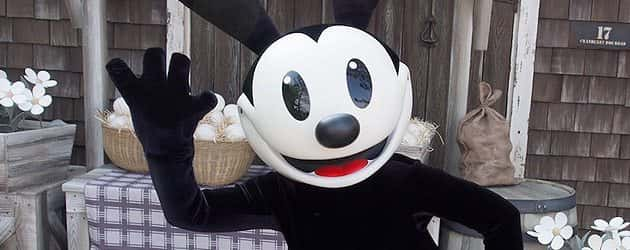
41. Magical Mortimer
Mickey Mouse was originally named “Mortimer Mouse” until Disney’s wife convinced him to change it. She felt that the name Mortimer sounded too pompous, and suggested he use Mickey instead. Disney later gave the name Mortimer to Mickey’s rival.
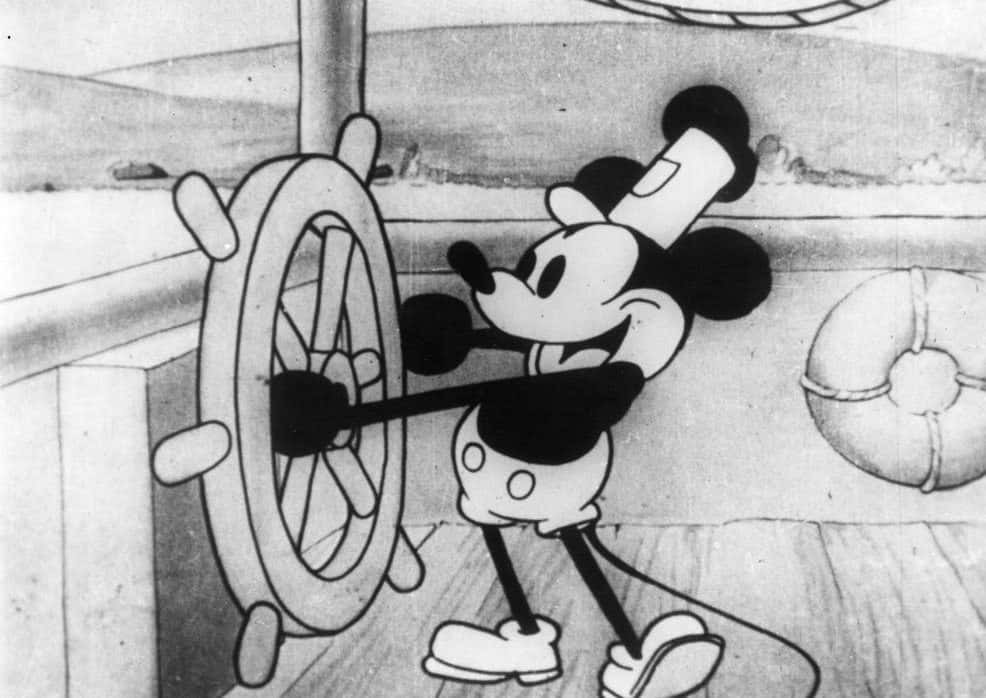
40. Mouse Whispers
From the character’s inception until 1947, Walt Disney voiced the iconic mouse. Eventually, running the studio made him too busy to keep doing the voice, and he handed over the reins to veteran Disney actor Jimmy MacDonald.
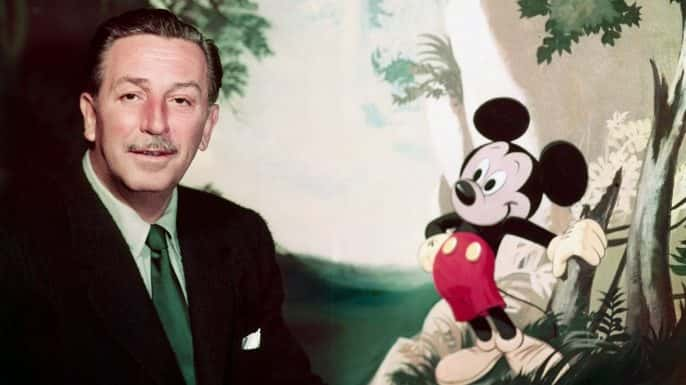
39. In a Solar System Not So Far Away…
In 1980, Soviet astronomer Lyudmila Karachkina discovered a minor planet and named it after Walt Disney. The planet is called 4017-Disneya.
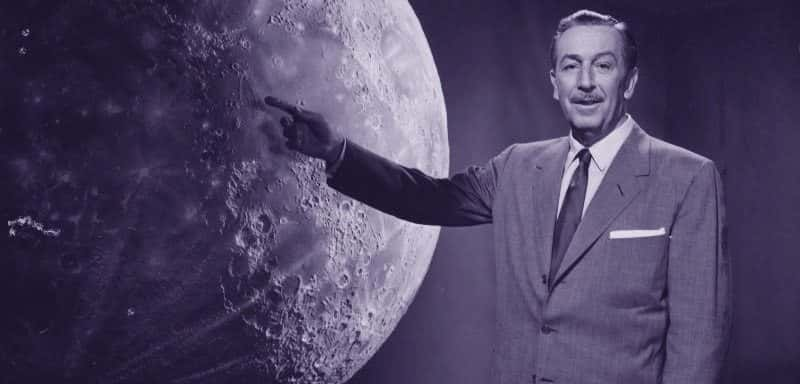
38. Animated Propaganda
In the 1940s, Walt Disney produced a series of animated pro-American war propaganda videos for all of the branches of the United States Military and government. Throughout the duration of WWII, he produced the equivalent of 68 hours of continuous film.
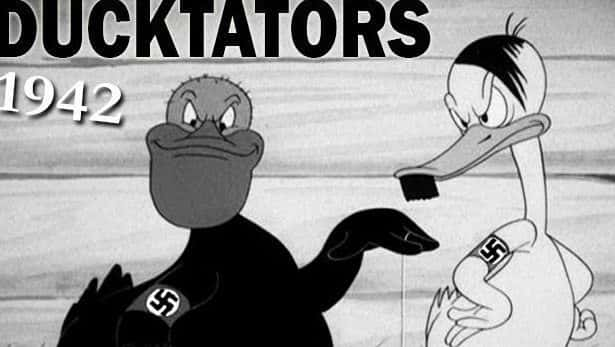
37. Custom Cartoon Insignia
Disney also had his artists draw around 1200 insignias for the military, many of which were for naval units. The most requested and used Disney character was Donald Duck, who was featured in roughly 146 designs.
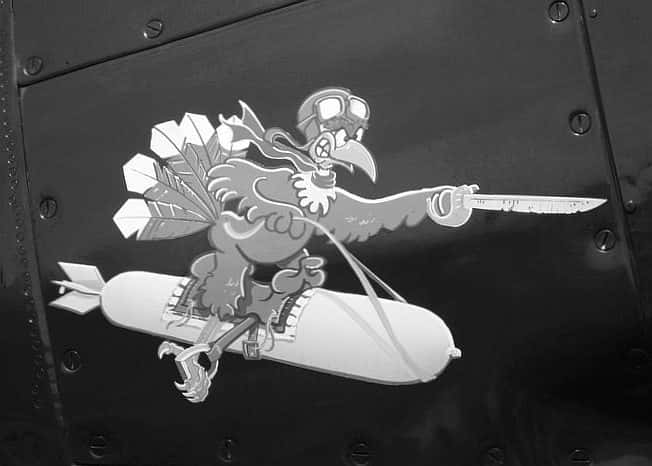
36. The “Red Scare.”
In the 1940s, Disney played a big part in the communism hysteria that gripped Hollywood during the U.S./Russian Cold War. He was a founder of the Motion Picture Alliance for the Preservation of Americans Ideals, and he gave witness statements condemning the communist influence on the film industry.
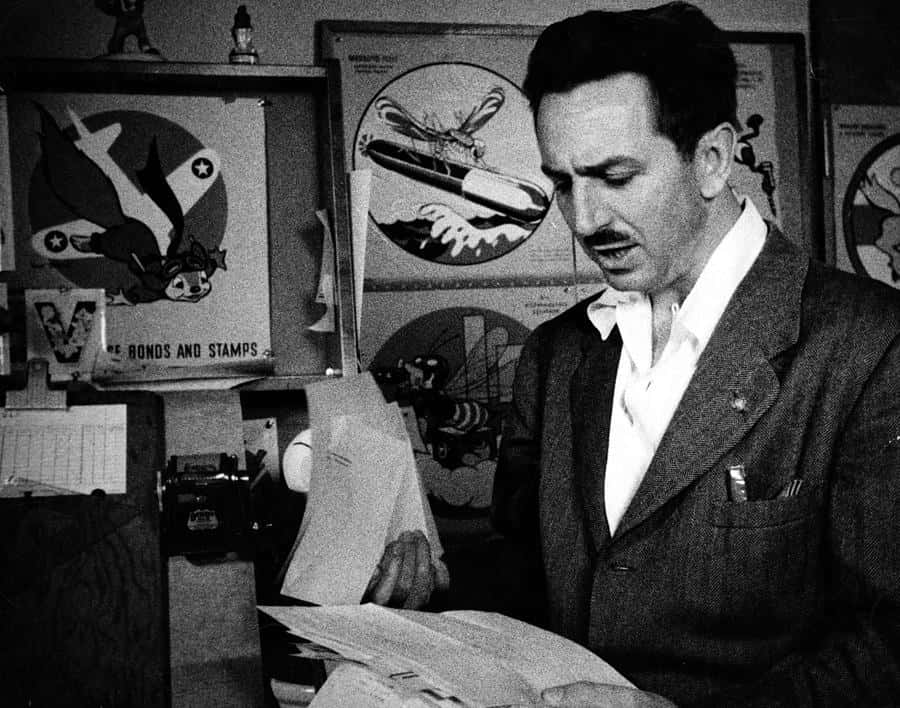
35. Dream Big
Walt Disney was initially not interested in television, but changed his mind when he realized its usefulness as a promotional tool. Disney ended up using television to finance his Disneyland theme park, once quipping that he “could never convince the financiers that Disneyland was feasible, because dreams offer too little collateral.”
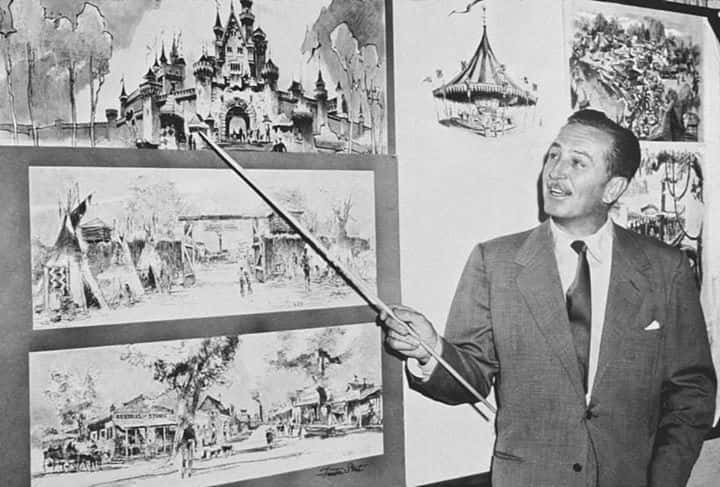
34. A Little Recognition
Between 1932 and 1969, Walt Disney won 22 Academy awards and was nominated 59 times. This is more than any other person has ever received in the history of the awards.
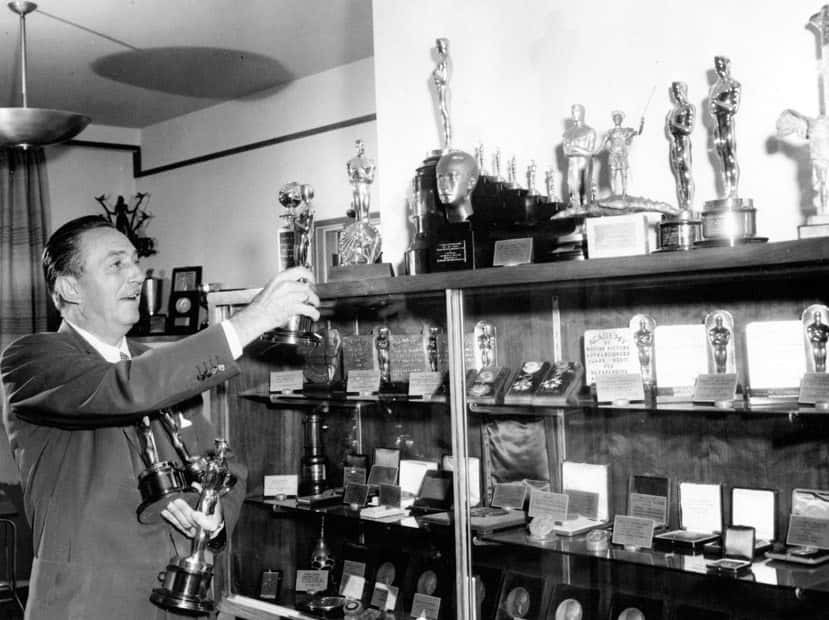
33. Golden Dwarves
At the 1938 Oscars, Walt Disney’s Snow White won an honorary award for being “a significant screen innovation which has charmed millions and pioneered a great new entertainment field.” Disney was presented with one full-sized statuette, and seven miniature ones for each of the Dwarves.
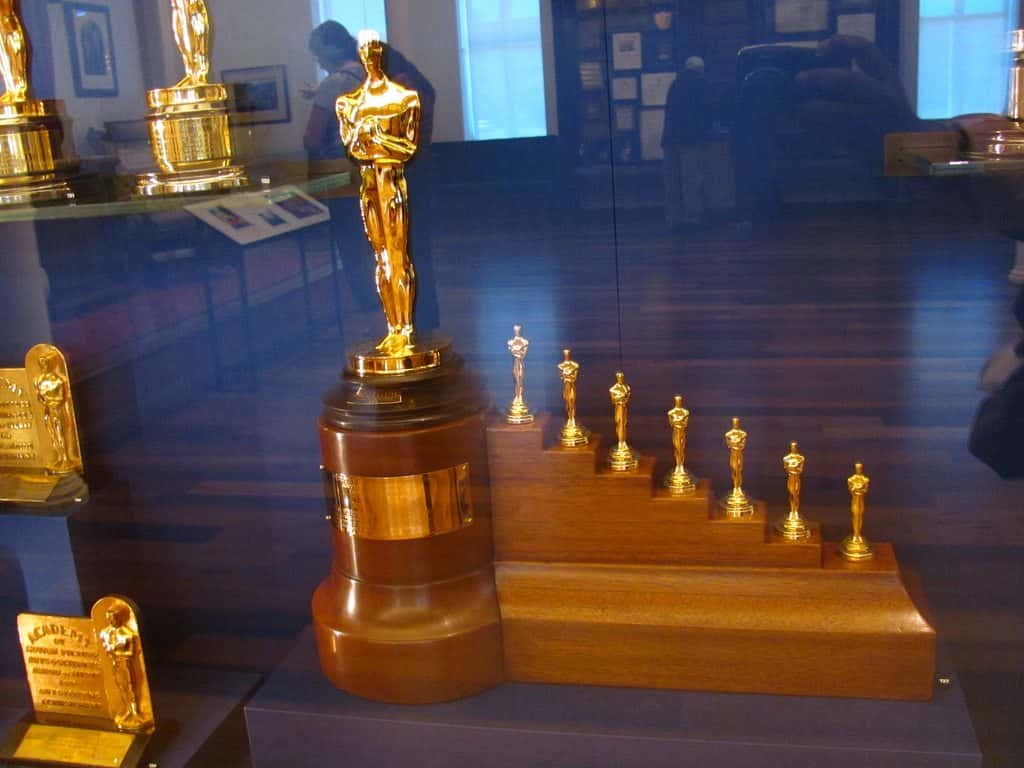
32. Technicolor
For two years, Walt Disney held the patent for technicolor, making him the only animator who could make color animated films.

31. Planes, Trains, and Mostly Just Trains
Walt Disney was fascinated by trains. His father and uncle had spent time working on railroads, and Disney briefly sold newspapers and snacks on trains. His theme park Disneyland reflects his interest in trains, which has been home to its own railroad since its opening in 1955.
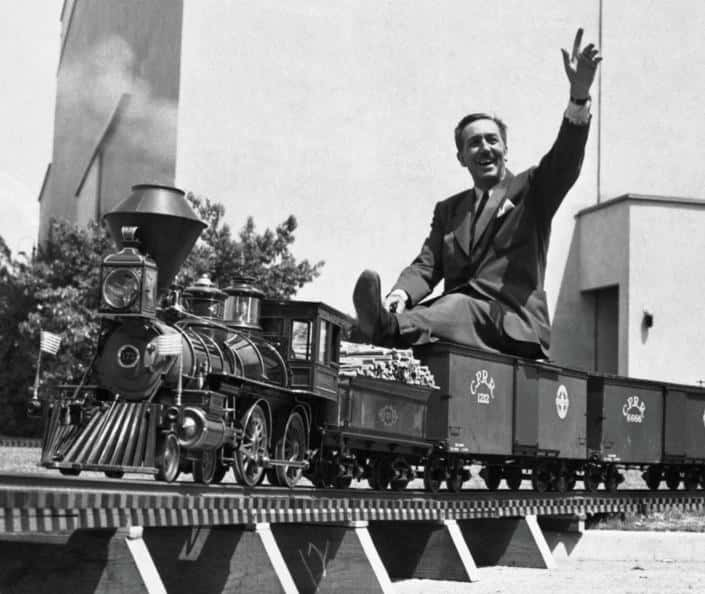
30. Secret Hideaway
Walt Disney loved spending time at Disneyland. He would visit the park a few times a week, and even had an apartment there. The apartment is still there above the fire station, but typically isn’t open to the public. A lamp in the window that’s visible to outside is always kept on, and signifies that Walt Disney is always in the park.
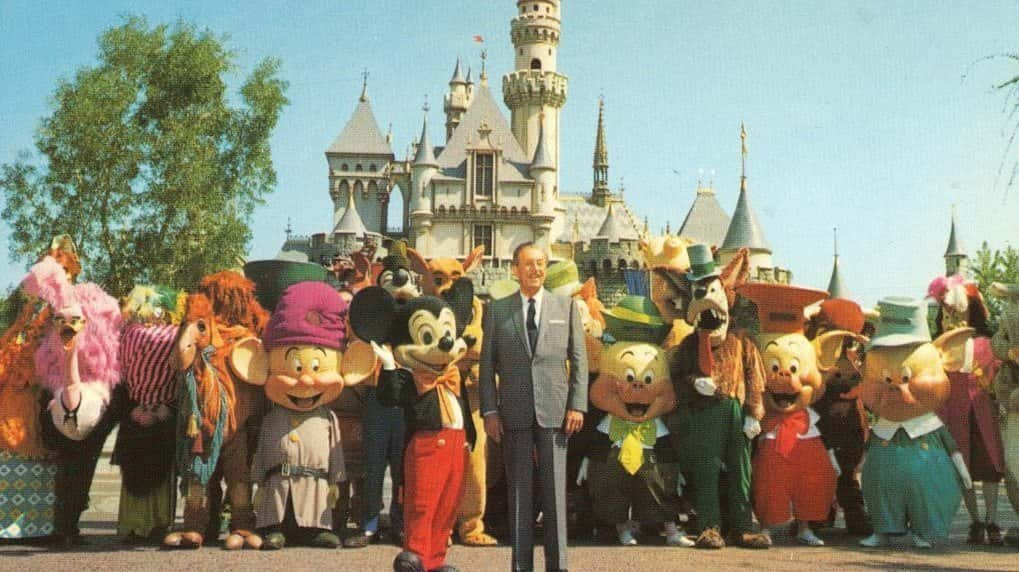
29. Never Grow Up
Walt Disney once played Peter Pan in a school play, and the story took him back to his childhood. In 1953, he turned the story into a hit movie.
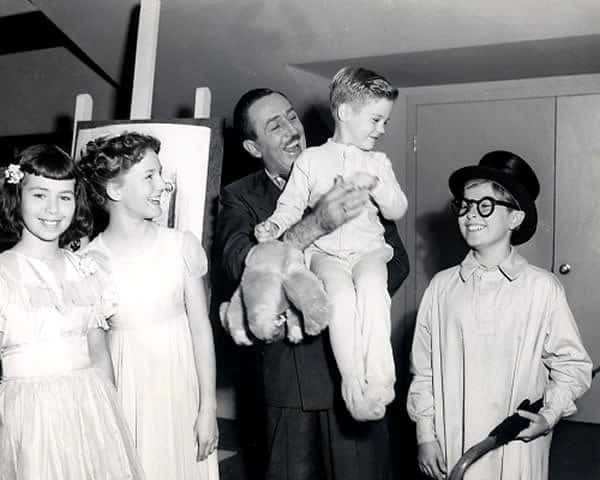
28. Walt the Vacuum Cleaner Salesman
In 1923, Walt Disney moved to L.A. to pursue a career in animation. His brother Roy was already living in L.A. selling vacuum cleaners, and wanted Walt to do the same. Walt was on the verge of joining him when he received a phone call from a company in New York that wanted him to make shorts for them.
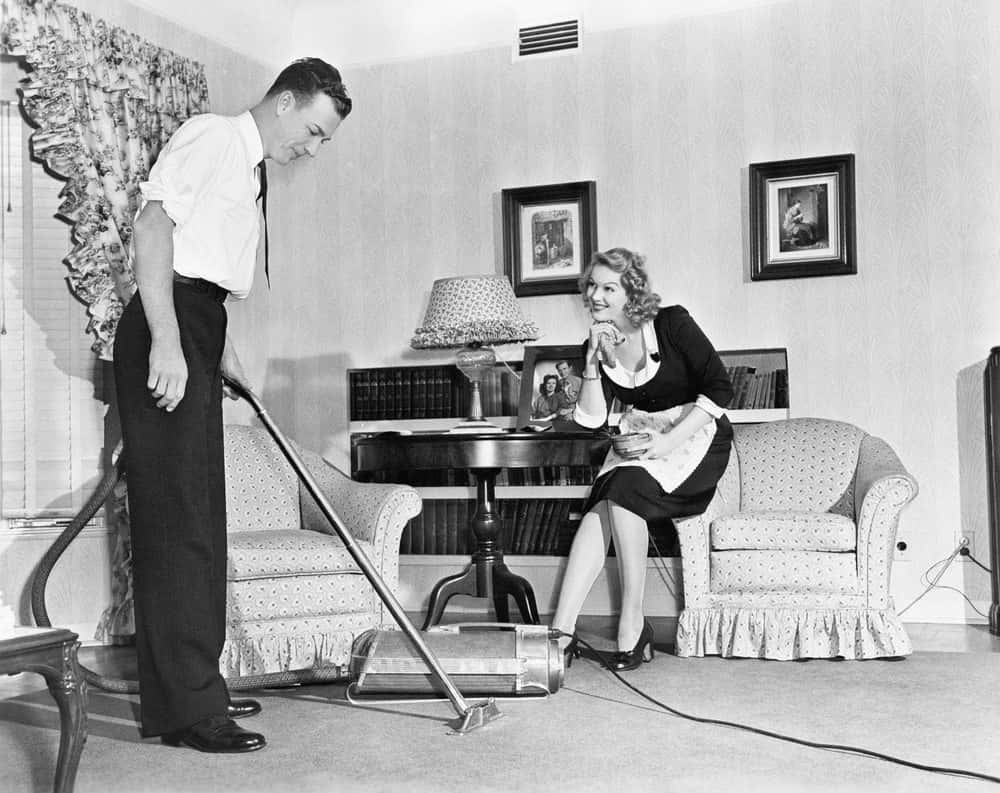
27. Making the Mouse
Walt Disney sketched the design for Mickey Mouse, but he relied on Ub Iwerks and other talented artists to design the final character. He never drew him for any of his films, and in reality, he likely only drew Mickey when requested to for autographs.
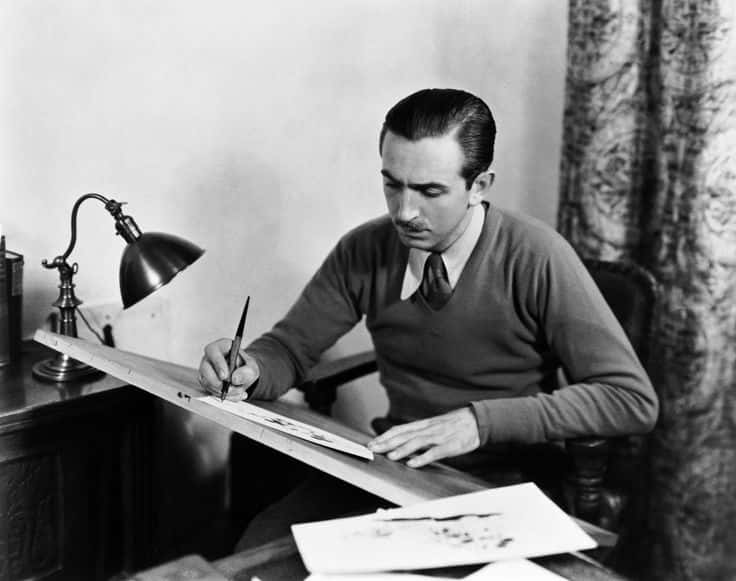
26. That John Hancock
Walt Disney’s signature also wasn’t “created” by Disney. The well-known signature is a stylized version of the real thing, and the version seen on legal documents wasn’t that intricate. Disney reportedly couldn’t even reproduce the trademark version.
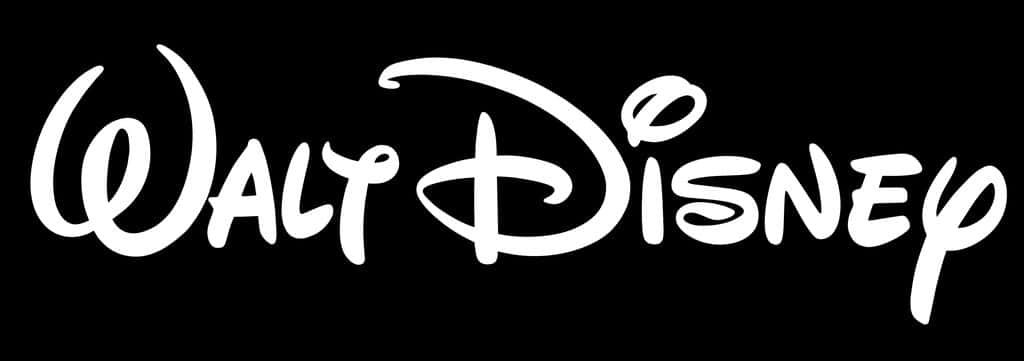
25. Feed the Birds
Walt Disney’s films have produced a number of hit songs over the years, but Disney’s personal favorite was the ballad “Feed the Birds” from Mary Poppins. According to songwriter Richard Sherman, Disney used to stop by his and his brother’s office on Friday afternoons and request a personal performance of the song. Sherman said, “He loved that song, and knew it was the heartbeat of the whole movie”.
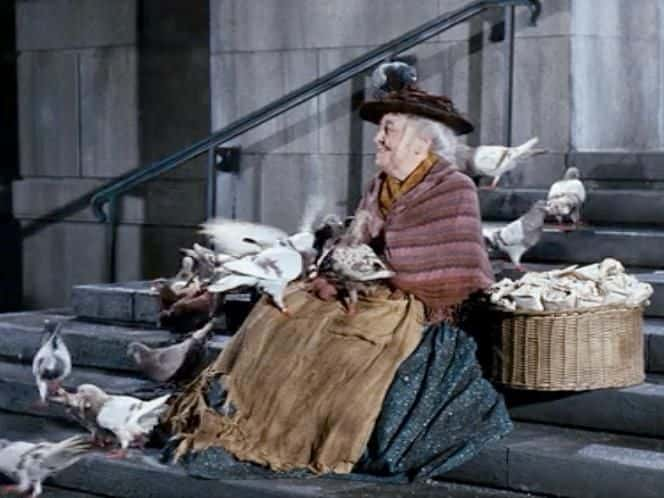
24. Won’t Find Him on the Golf Course
When his doctor made him give up Polo, Disney tried taking up golf instead. He found the sport so frustrating that he quit and took up lawn bowling instead.
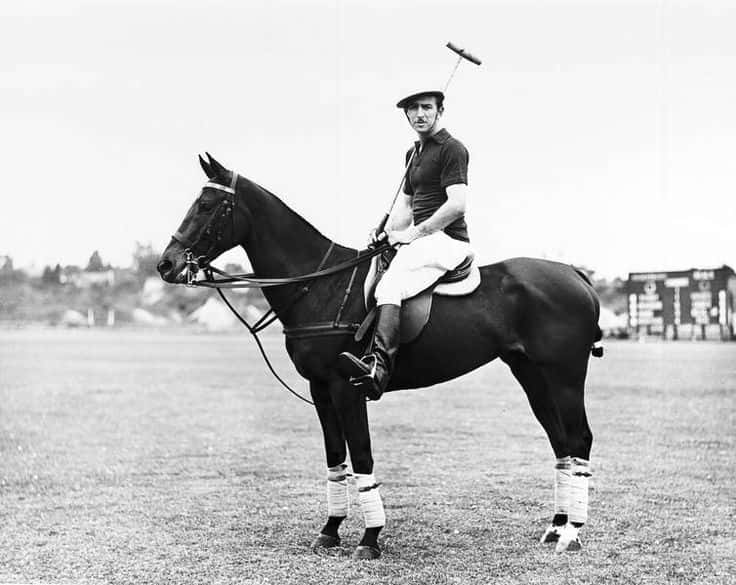
23. In Solemn Memory
After becoming successful, Walt Disney purchased a new house for his parents, and would send repairmen from his studio to fix things around the house. Tragically, his team failed to properly take care of a problem with their furnace, and his mother died of carbon monoxide poisoning. It affected him so deeply that even years later, his daughter said he still found the subject nearly impossible to talk about.
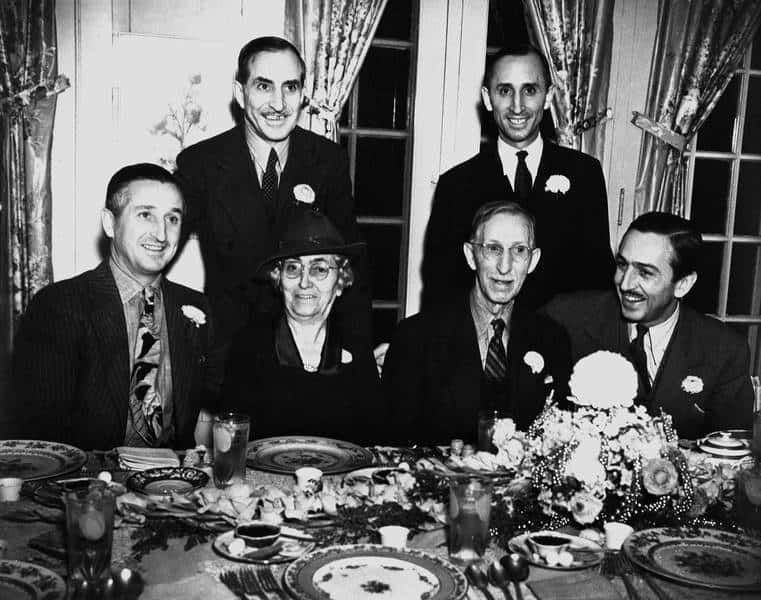
Disney family
22. Absentee Mothers
Absentee mothers are a trend in Disney’s animated movies. Many believe that this was a result of his torment over his mother’s untimely death. The trend has continued with modern films such as Beauty and the Beast, Aladdin, and The Little Mermaid, which all lack a mother character.
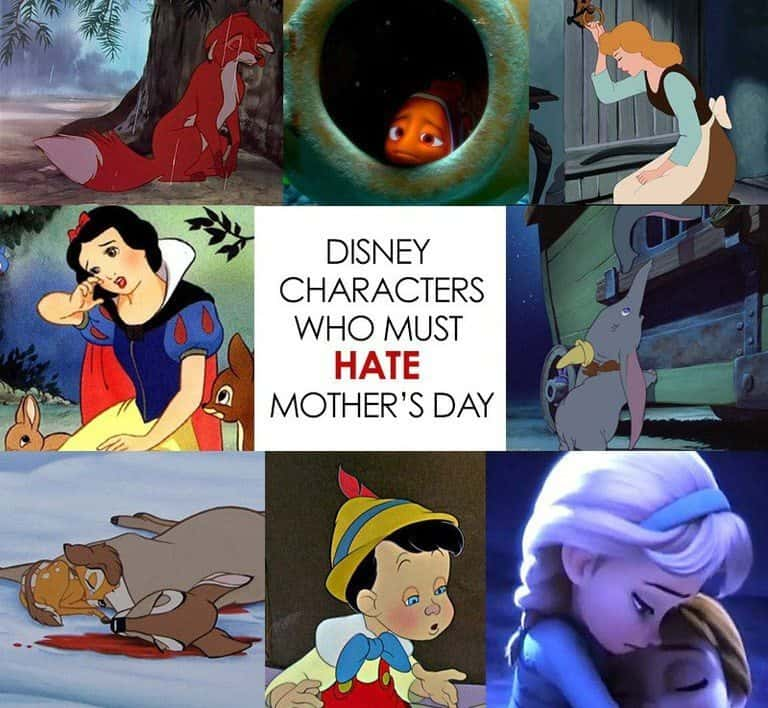
21. Disney’s Folly
When Disney wanted to produce an animated feature-length Snow White film, many people in Hollywood doubted him and some even called it “Disney’s Folly.” The film earned $184.9 million worldwide in 1938, and is still one of the highest-grossing animated films of all time.
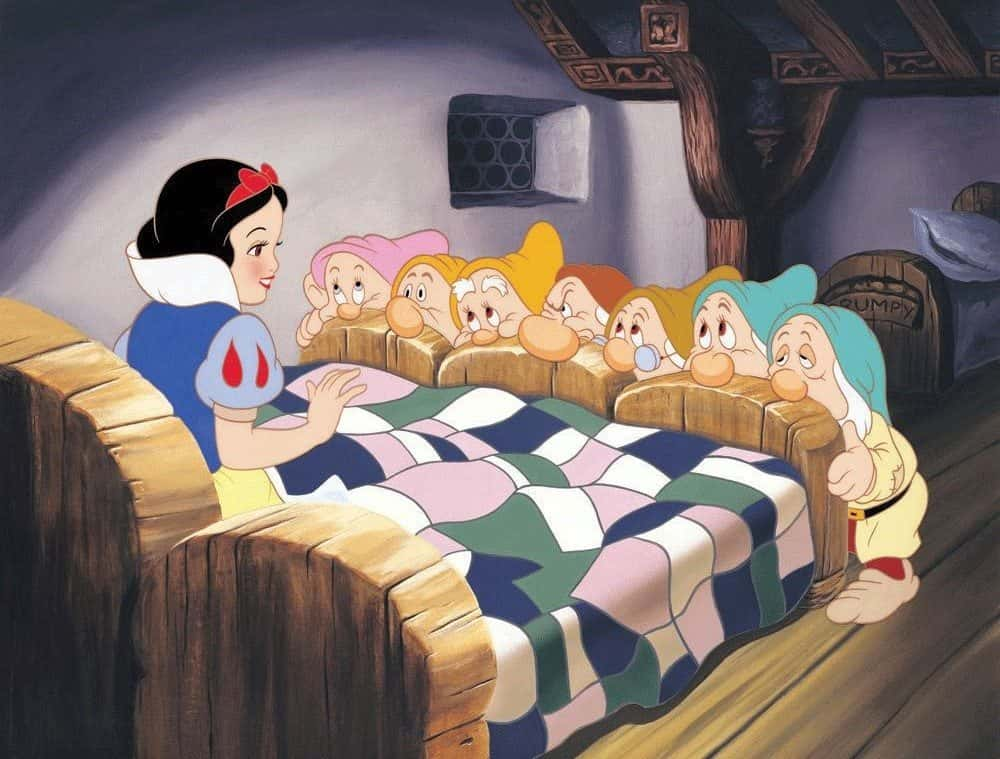
20. Stock in her Stocking
Walt Disney hired his housekeeper and cook Thelma Howard in 1951, and she worked for his family for three decades. As part of her annual Christmas gift, Disney gave her stock in the company. That stock made her a multi-millionaire by the time she died in 1994.
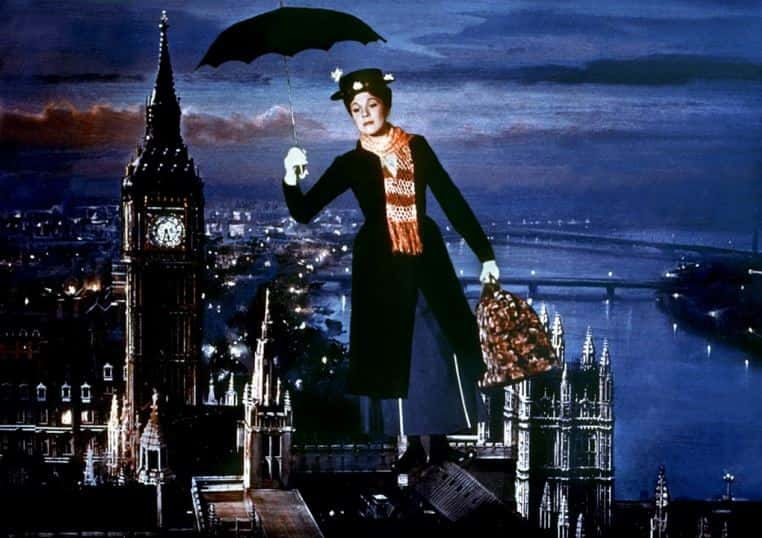
19. Oswald Returns—80 years Later
In 2006, almost eight decades after Walt Disney’s departure from Universal Studios, the Walt Disney company regained control of the Oswald character. In exchange for returning the character, Disney, who owned ESPN and ABC studios, agreed to let NBC use Sportscaster Al Michaels for Sunday Night Football.
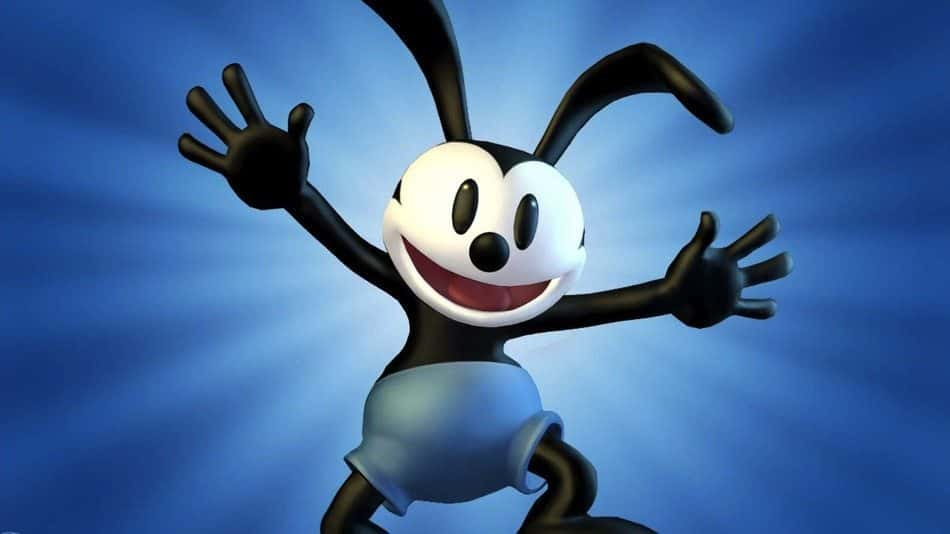
18. Code Red
“Man is in the forest” was the code name given to Disney by his animators. They would use the phrase as a warning that Disney was approaching and they had to get back to work.
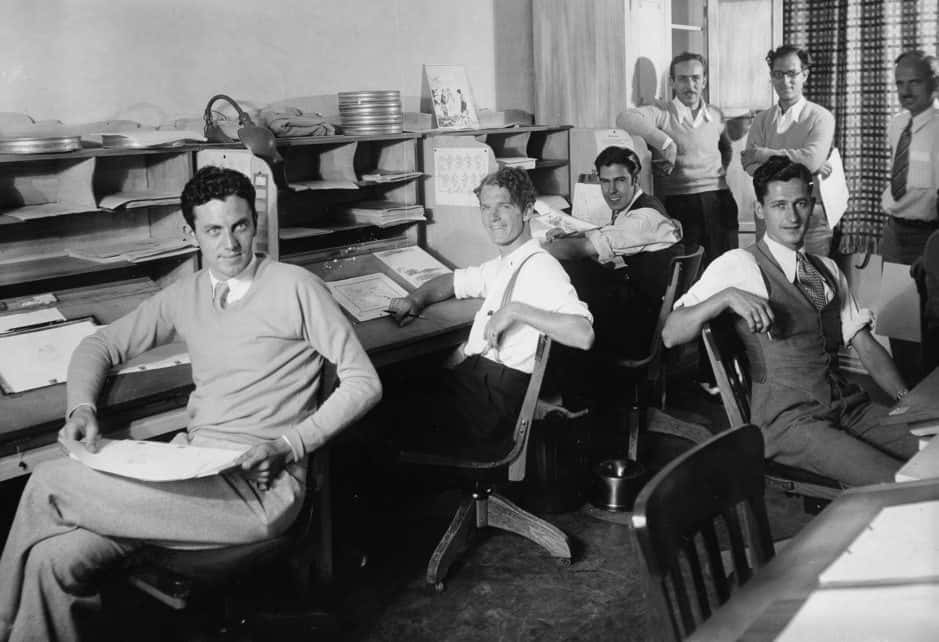
17. No Women Allowed
Disney did not allow women to apply for spots in his animation training school. He firmly believed that “women do not do creative work.”
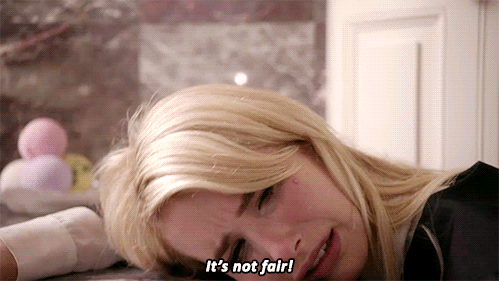
16. Hot Dog Standard
Trash cans at Disney World were placed 25 steps away from hot dog stands. Disney arrived at this measurement because that was how long it took him to eat a hot dog.
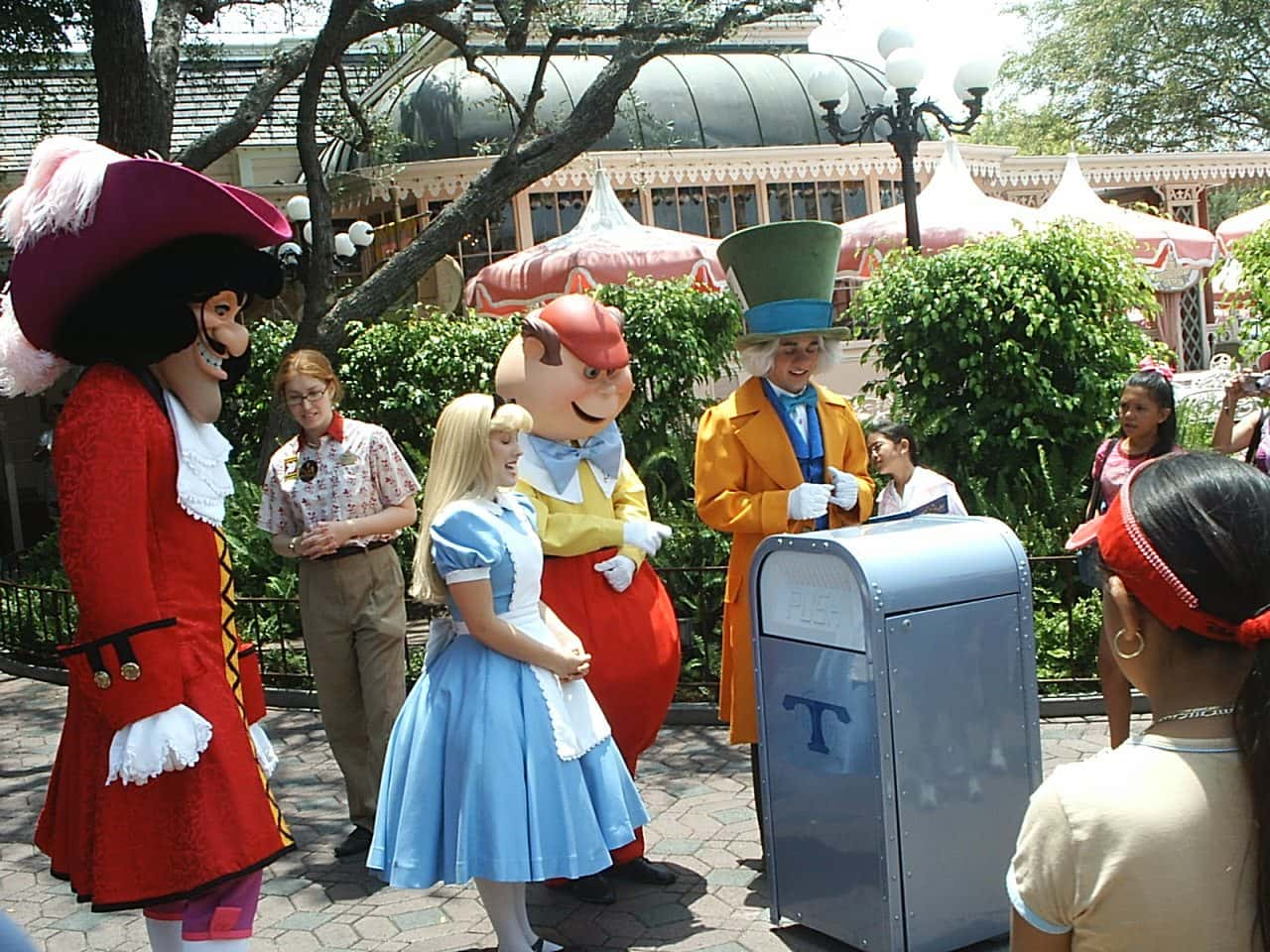
15. Hometown Glory
Main Street U.S.A. in Disneyland is based on Disney’s memory of the small Missouri town where he grew up. A comparison of photographs reveals many similarities between the two.

14. Got Mail
In 1968, the U.S. Postal Service released a commemorative Walt Disney stamp. C. Robert Moore based the stamp on a portrait drawn by one of Disney’s animators. 120 million stamps were printed, and the stamp was worth six cents.
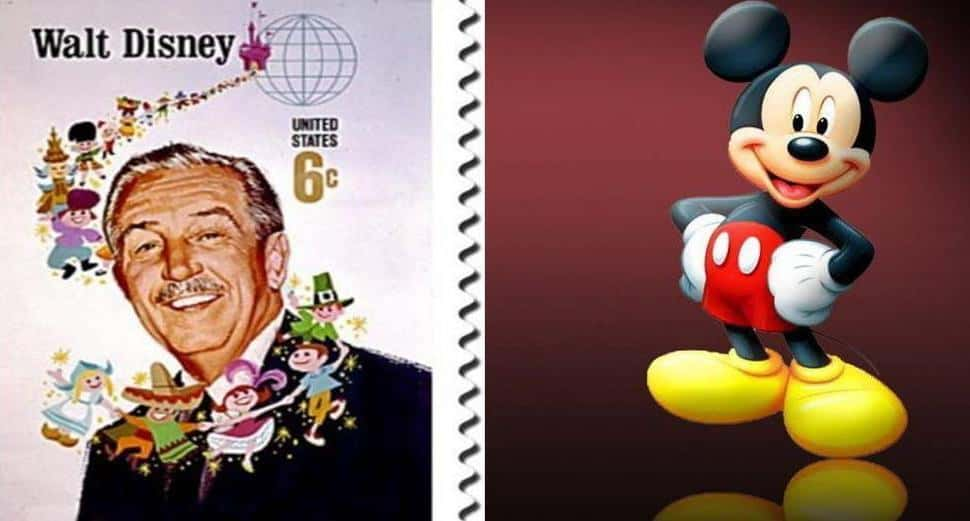
13. Say Cheese
In 2000, Walt Disney was inducted into the National Inventor’s Hall of Fame for his creation of the multiplane camera. Disney used the camera to film Snow White and the Seven Dwarves, and it was developed in order to produce more realistic and emotionally affecting animations.
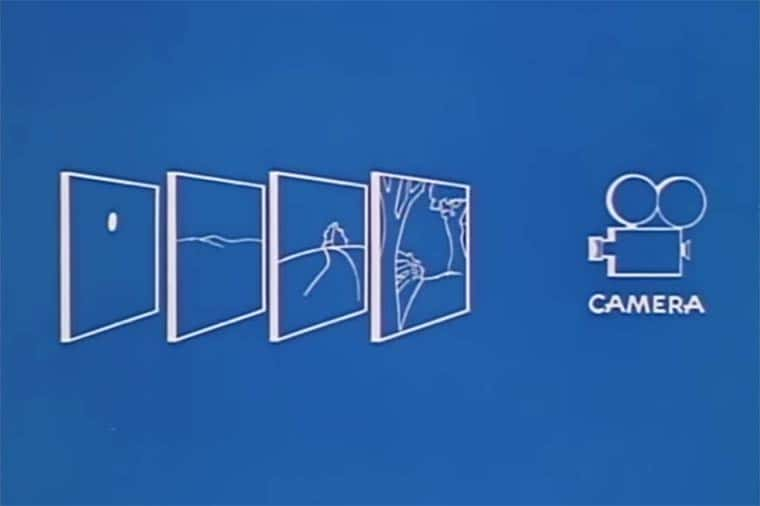
12. Not Really Frozen
For years, rumours have circulated that Walt Disney was cryogenically frozen. This is entirely false. They myth might have originated with a couple of animators who said that he froze himself as a joke. Two days after his death, as per his wishes, Disney was cremated. A burial plot with a garden (and probably his ashes) is at the Forest Lawn Memorial Park in Glendale California.
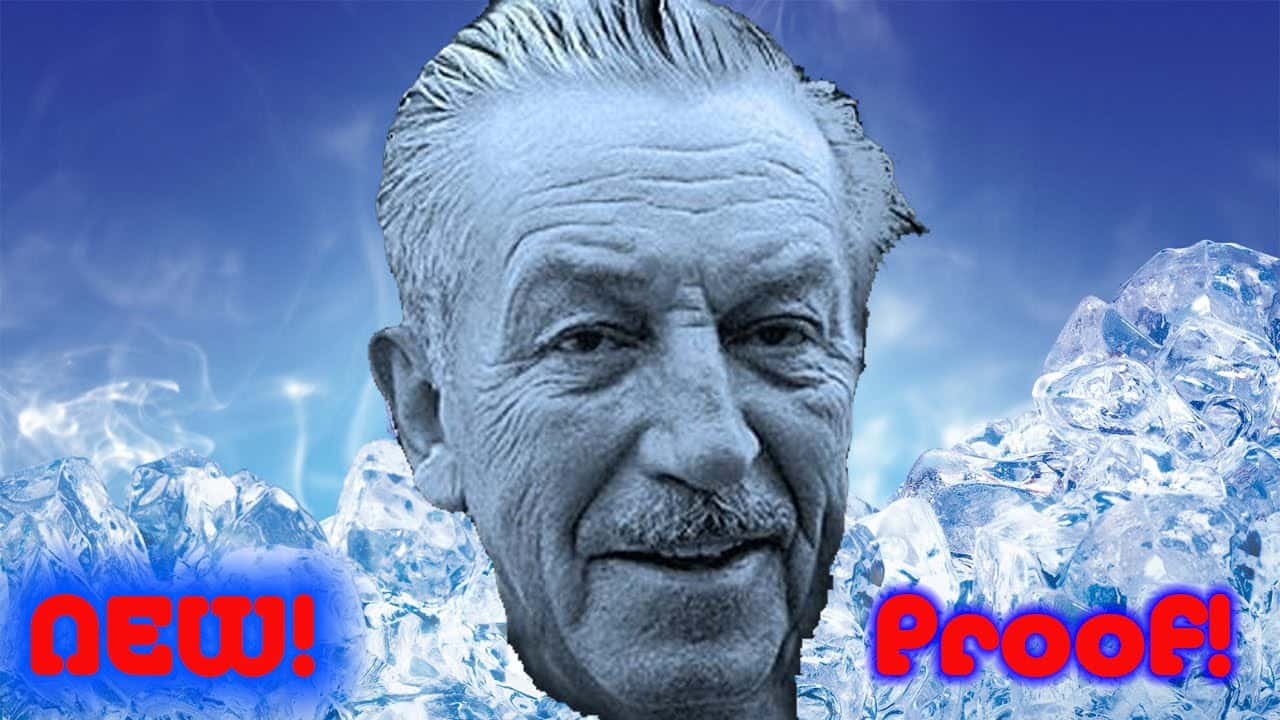
11.The “Nazi” Filmmaker
In 1938, German filmmaker Leni Riefenstahl arrived in the U.S. to meet with studio executives and to find an audience for her 1936 film about the Berlin Games called Olympia. While other studios hesitated, Disney took her in and gave her a tour of Disney Studios. She offered him a private showing of the film in exchange, but he refused, fearing others would find out that he’d hosted her. When she returned to Germany, she praised Disney for seeing her.
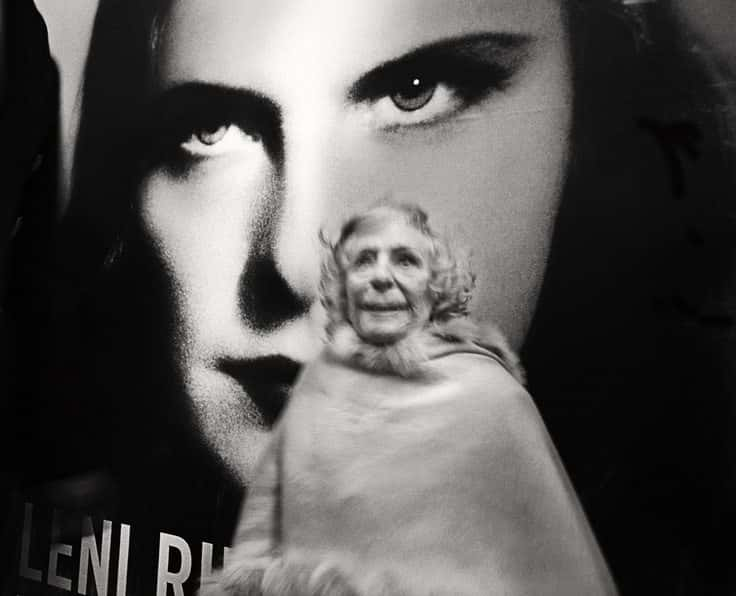
10. Magical Moving Robots
The World’s Fair was always a place to debut exciting new technologies and inventions, and the 1964 World’s Fair was no exception. That year, Disney debuted his Audio-Animatronics robots with words or pre-recorded audio coming out of their mouths. He set up two exhibits. The first was “Great Moments with Mr. Lincoln” and the other was the “It’s a Small World” boat ride which promoted international unity. To this date, Lincoln is part of the Disney World attraction “Hall of President’s, and “It’s a Small World” is a featured ride in the park.
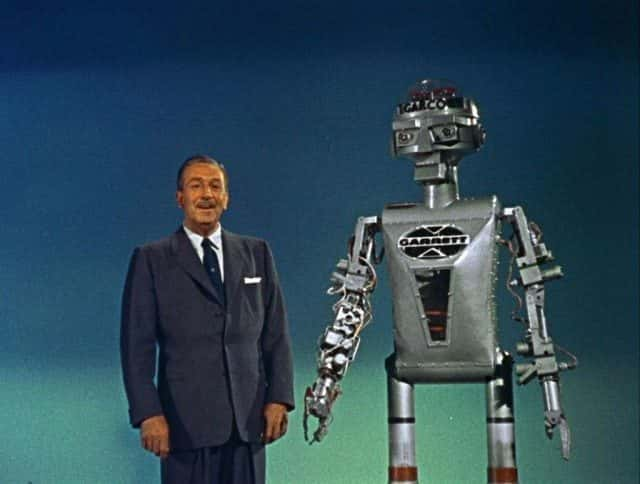
9. Wall-E
The Robot from Wall-E was named for Walt Disney. Wall-E is a modified version of his full name Walter Elias Disney. The character of Wall-E, like Disney himself, is loved and adored by children and families around the world.
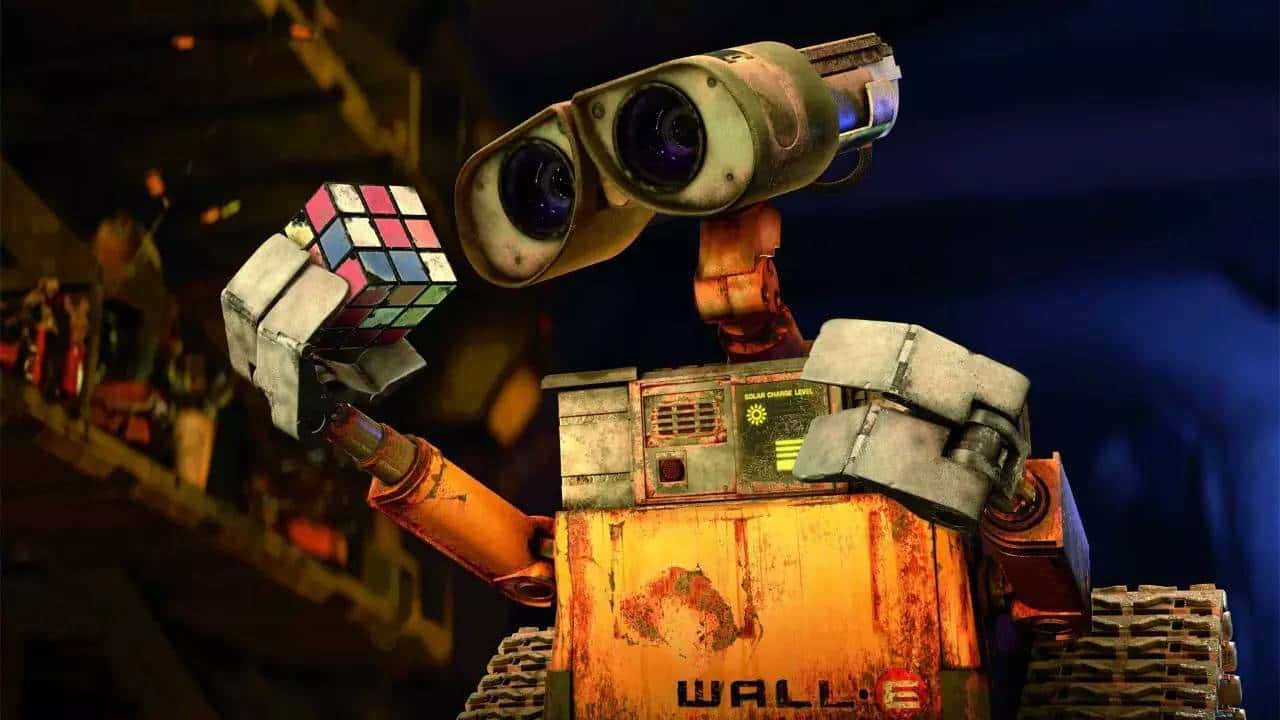
8. Don’t Call Him Mr.
Walt Disney disliked being called “Mr.” and insisted that his employees refer to him by his first name. On rare occasions when someone did call him “Mr. Disney,” he’d supposedly say “Please, call me Walt. The only Mr. at the Disney Studios is our lawyer, Mr. Lessing”.

7. Disney Spelled Backwards
The sorcerer in Fantasia’s “Sorcerer’s Apprentice” segment was named Yen-Sid by Disney animators as a tribute to Disney. Yen-Sid is Disney spelled backwards. Since then, he has become a recurring character in the Disney cannon ranging from their theme parks to video games.

6. A Little Nicotine
Walt Disney smoked three packs of unfiltered cigarettes a day and never made any effort to quit. When the Surgeon General reported on the dangers of tobacco, his daughter Dianne made him promise to smoke filtered cigarettes. He did, but only after tearing off the filters. He rationalized it by saying “I promised her I'd use them, but I didn't tell her how I would use them." In 1966, Disney died of complications from lung cancer.

5. Disney’s Favorite Princess
Cinderella was Disney’s favorite princess. He told the actress who voiced the character that she was his favorite heroine, and that there was something about the story that he associated with.
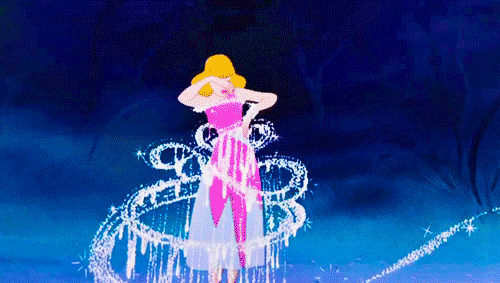
4. The Disney Dress Code
Walt Disney enforced a number of strict policies at Disney World. Until 1970, men could get kicked out of the park for beards, mustaches, and long hair. Jim McGuinn, future founder of the Byrds, was refused entry to the park for having a Beatles style mop top.
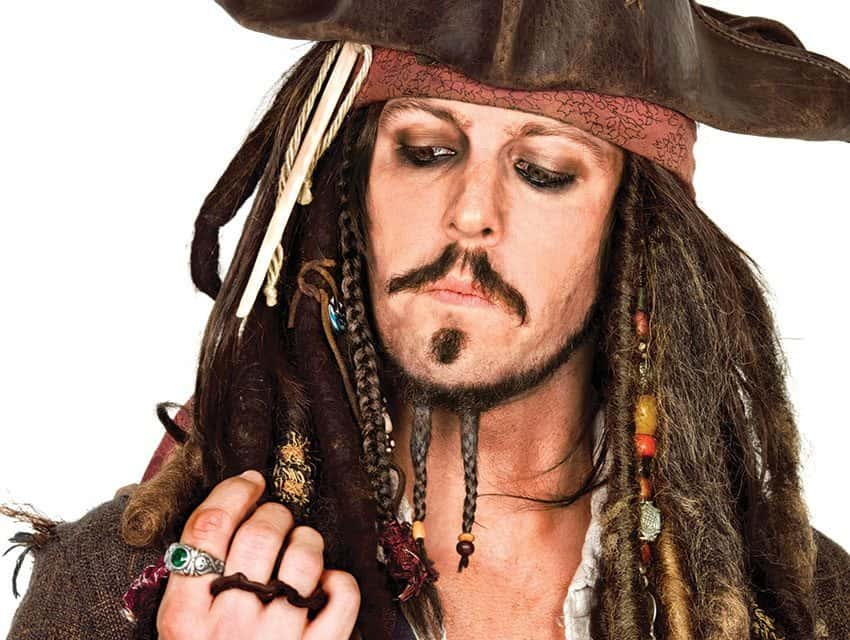
Even Jack Sparrow?
3. Magnum Opus
Mary Poppins is considered by many to be Walt Disney’s Magnum Opus. The film was a musical fantasy that mixed live-action and animation. Disney spent 14 years trying to convince author P.L. Travers to sign over the film rights to the book, which she finally did, with the provision that she could retain script approval rights.

2. Famous Last Words
Shortly after his death, a mysterious note was found in Walt’s desk that simply read “Kurt Russell.” Nobody had any idea what it meant—not even Kurt Russell.

1. His Revolutionary Vision
Walt Disney had a vision of a theme park where children and parents could have fun together and told a colleague that he wanted it to look “like nothing else in the world.” Originally, the park was to be situated on 8 acres next to the Burbank studios, but as his vision grew, it was clear that this wouldn’t be enough space.


